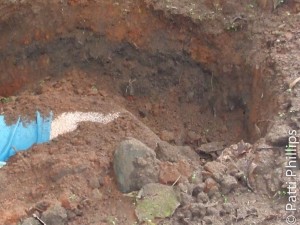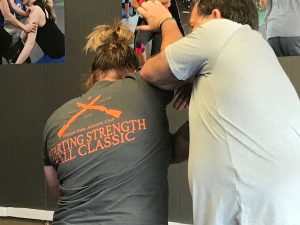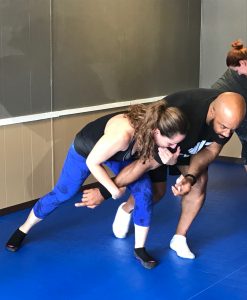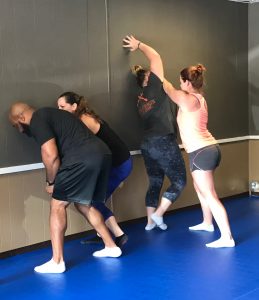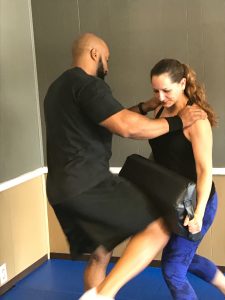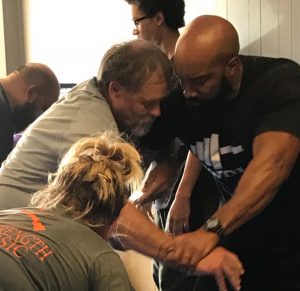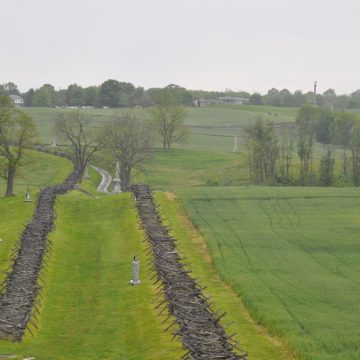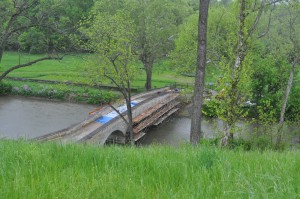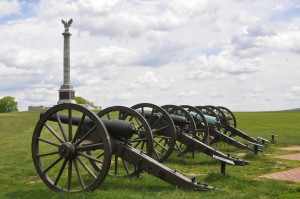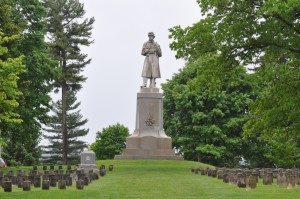KN, p. 200 “200 Ways to Die an Unnatural Death”
Thanks to the readers around the world, we have reached another milestone. This is page # 200 for Kerrian’s Notebook. 🙂 Hear Hammett barking? And the shovels clanking?
When Kerrian’s Notebook came into being, Charlie and Sheila Kerrian never expected to be around for 200 pages, not counting the additional posts devoted to our famous (or is that infamous?) Visiting Detectives. That’s a ton of cases, a ton of fun, facts, and a few dead bodies.
In honor of that milestone, we have come up with a few more ways to die an unnatural death, bringing the total on our deadly lists to a lethal 200.
Unnatural death is a category used by coroners and Medical Examiners for classifying human deaths that can’t really be described as death by natural causes. It might cover events such as accidents, homicide, clueless behavior, being attacked by wildlife, or even war.
Keep in mind that law enforcement personnel only investigate these deaths if foul play is suspected. Criminal intent is not always apparent, and autopsies are only conducted when suspicious circumstances surround the corpse’s demise.
Many thanks to all of you that contributed to our earlier lists. It wouldn’t have been as much fun without your (sometimes nefarious) methods of offing some unlucky souls. 🙂
Take a look:
100 ways to die an unnatural death
50 more ways to die an unnatural death
30 more ways to die an unnatural death
and now… 20 more ways to die an unnatural death.
- Broken neck – pitching over the handlebars of a bicycle without a helmet on
- Broken neck – diving into the shallow end of a pool
- Death by handheld fireworks
- Electrocution while storm chasing in a paraglider
- Death by coyote while hiking
- Death by spotted eagle ray – it leapt out of the water & struck a woman in a boat in the face. She fell and struck her head on the boat. The ray died as well.
- Crushed by a dumpster

- Death by a rolling bale of hay
- Impaled by the horn on a statue of a bull
- Death by flying manhole cover
- Death by colliding with fire hydrant and drowning
- Death on a golf cart – woman fell on the broken glass from the wine glasses she had been holding
- Death by selfie – maybe that should be: death by standing too close to the edge
- Death by asphyxiation while hiding in a cupboard
- Drowning – in a vat of wine
- Drowning – in a cat’s water bowl
- Water hammer explosion
- Death by prop gun on a movie set
- Smothered by clothing and gifts tossed from balconies onto the person onstage.
- Death by extreme sports – B.A.S.E. jumping with a parachute from fixed points (Buildings, Antennas, Spans (bridges), the Earth (top of cliff))
All true, folks, but #194? Maybe that explains all the Hallmark TV episodes where the good guys are hiding in closets with LOTS of air holes.
The real question: Do you have friends that will help carry the shovels and pitchforks? 😉
If you are a writer and have used any of the ‘200 ways’ in your work, let us know in the comments and you can plug your book here. 🙂
*Photos by Patti Phillips, but nothing dastardly happened while she took them and no bodies were left behind. Promise.
*Kerrian’s Notebook, and all of its content, is intended for entertainment purposes only.
KN, p. 200 “200 Ways to Die an Unnatural Death” Read More »


